Home>Gardening & Outdoor>Landscaping Ideas>What Type Of Grass Is Wimbledon Played On
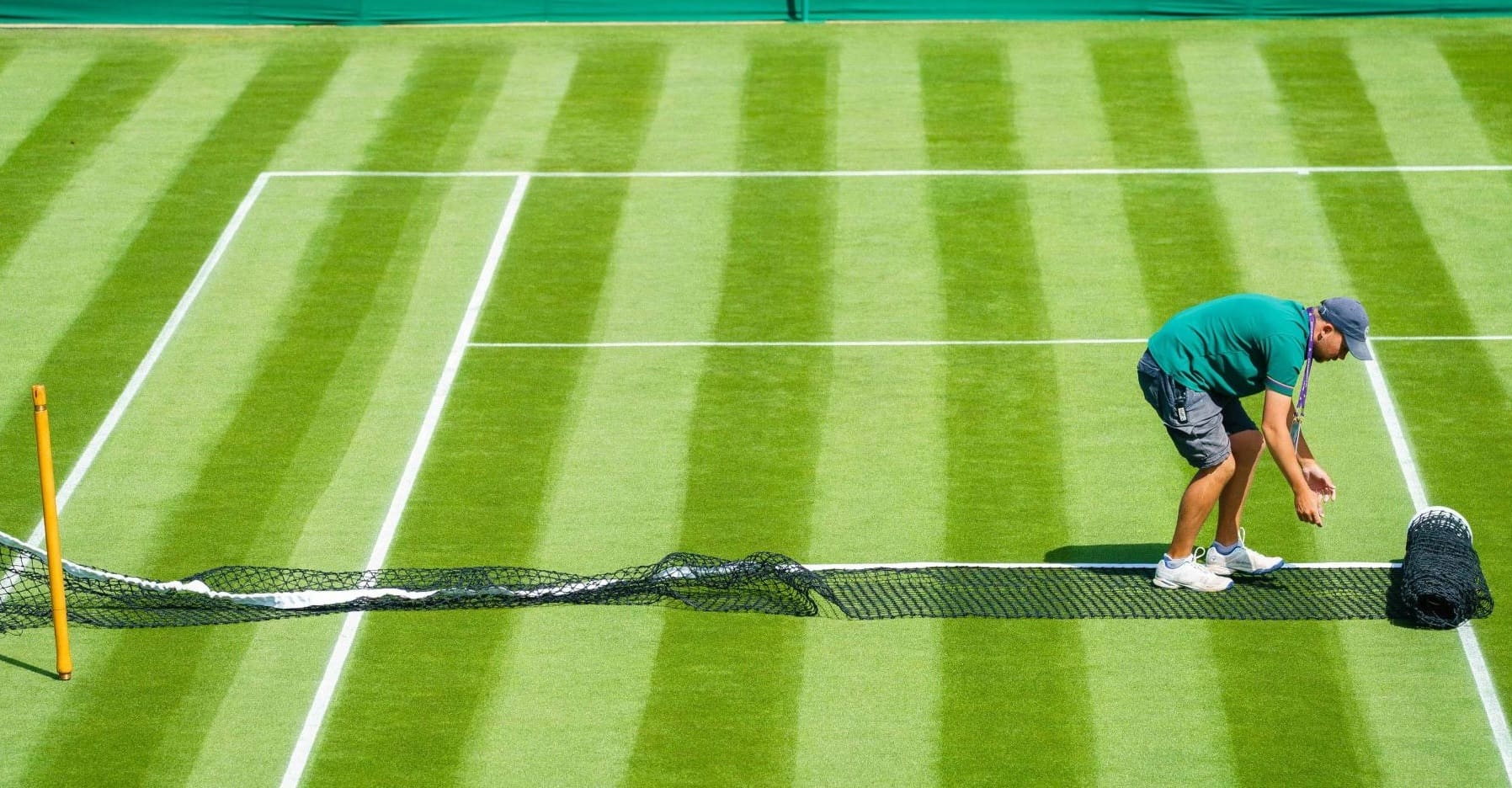

Landscaping Ideas
What Type Of Grass Is Wimbledon Played On
Modified: February 18, 2024
Discover the best landscaping ideas for creating a Wimbledon-worthy lawn. Learn about the type of grass used at Wimbledon and how to incorporate it into your own yard.
(Many of the links in this article redirect to a specific reviewed product. Your purchase of these products through affiliate links helps to generate commission for Storables.com, at no extra cost. Learn more)
Introduction
Welcome to the prestigious grounds of Wimbledon, where the world’s finest tennis players showcase their skills on the legendary grass courts. The type of grass used at Wimbledon has always been a subject of fascination and debate among tennis enthusiasts and players alike. The unique characteristics of Wimbledon grass contribute to the tournament’s distinct playing experience and rich history. Let’s delve into the intriguing world of Wimbledon grass, exploring its origins, types, characteristics, and the meticulous maintenance that upholds its exceptional quality.
As we embark on this exploration, we’ll uncover the captivating story behind the grass at Wimbledon, gaining a deeper understanding of its significance in the realm of professional tennis. Join us on this journey to unravel the mysteries and marvels of the grass that sets the stage for one of the most iconic events in the sporting world – the Wimbledon Championships.
Key Takeaways:
- Wimbledon’s grass is a carefully selected blend of perennial ryegrass cultivars, known for its density, resilience, and optimal ball response, creating a unique and exceptional playing surface for professional tennis.
- The meticulous maintenance of Wimbledon’s grass courts, including precise mowing, aeration, and soil management, ensures the courts remain in pristine condition, upholding the tournament’s legacy of excellence in professional tennis.
Read more: What Kind Of Grass Is Wimbledon
History of Wimbledon Grass
The history of Wimbledon grass dates back to the inaugural Wimbledon Championships in 1877, when the All England Croquet Club (the predecessor of the All England Lawn Tennis and Croquet Club) hosted the first official lawn tennis tournament. During these early years, the playing surface consisted of a variety of grasses, as the specific type of grass had not yet been standardized.
It wasn’t until 1881 that the decision was made to transition from the original variety of grass to a type known as “Championship Rye.” This marked a pivotal moment in the evolution of Wimbledon’s playing surface, setting the stage for the establishment of a distinct and revered tradition – the use of a specialized grass for the tournament’s courts.
Over time, the meticulous care and attention devoted to the Wimbledon grass have contributed to its legendary status. The All England Lawn Tennis and Croquet Club has consistently demonstrated a steadfast commitment to preserving the integrity and quality of the playing surface, ensuring that it remains synonymous with the unparalleled prestige of the Wimbledon Championships.
As we continue our exploration, we’ll delve deeper into the specific types of grass utilized at Wimbledon, shedding light on the unique characteristics that define this hallowed playing surface.
Types of Grass Used at Wimbledon
Wimbledon has a long-standing tradition of utilizing a specific type of grass for its renowned courts. The predominant grass species employed at Wimbledon is perennial ryegrass (Lolium perenne), known for its resilience, rapid regrowth, and suitability for close mowing. This robust grass variety is favored for its ability to withstand the rigorous demands of professional tennis while providing a consistent and reliable playing surface.
Within the category of perennial ryegrass, Wimbledon employs a meticulously selected blend of cultivars to optimize the performance and durability of the courts. These cultivars are chosen for their exceptional traits, including superior wear tolerance, density, and recovery capabilities, ensuring that the playing surface maintains its pristine condition throughout the tournament.
Furthermore, the specific composition of the grass seed mixture is tailored to meet the exacting standards set by the All England Lawn Tennis and Croquet Club, reflecting a harmonious balance of resilience, traction, and ball response. This deliberate selection process underscores the meticulous attention to detail that defines the Wimbledon grass courts, elevating them to a league of their own within the realm of professional tennis.
As we immerse ourselves in the world of Wimbledon grass, it becomes evident that the deliberate choice of perennial ryegrass and the careful curation of cultivars play a pivotal role in shaping the unique characteristics and performance attributes of the hallowed courts. This unwavering commitment to excellence underscores the enduring legacy of Wimbledon’s grass, cementing its status as an integral component of the tournament’s storied heritage.
Wimbledon is played on a type of grass called perennial ryegrass. This type of grass is known for its durability and ability to withstand heavy foot traffic, making it ideal for tennis courts.
Characteristics of Wimbledon Grass
The grass at Wimbledon possesses a distinct set of characteristics that contribute to the tournament’s unparalleled playing experience. One of the defining features of Wimbledon grass is its exceptional density, which creates a lush and uniform surface that enables precise ball control and consistent bounce. This attribute is a testament to the meticulous cultivation and maintenance practices employed to uphold the pristine quality of the courts.
Furthermore, the carefully selected blend of perennial ryegrass cultivars imbues the playing surface with remarkable resilience, enabling it to withstand the intense physical demands of professional tennis. This resilience is complemented by the grass’s capacity for rapid regrowth, ensuring that any wear and tear incurred during matches can be efficiently remedied, thereby preserving the integrity of the courts throughout the tournament.
Another noteworthy characteristic of Wimbledon grass is its optimal traction, which facilitates swift and agile movement for players while maintaining stability underfoot. This balance of traction and firmness is a testament to the nuanced considerations that inform the cultivation and maintenance of the grass, underscoring the commitment to providing a superlative playing environment for competitors.
The surface’s exceptional ball response further distinguishes Wimbledon grass, as it facilitates a consistent and reliable bounce that is essential for the precision and skill exhibited by players during matches. This attribute, coupled with the surface’s uniformity and predictability, contributes to the strategic and dynamic nature of the gameplay, elevating the overall spectator experience.
As we unravel the characteristics of Wimbledon grass, it becomes evident that the interplay of density, resilience, traction, and ball response culminates in a playing surface that embodies the pinnacle of excellence in professional tennis. The harmonious fusion of these attributes underscores the enduring legacy of Wimbledon’s grass courts as a paragon of sporting tradition and uncompromising quality.
Maintenance of Wimbledon Grass
The meticulous maintenance of Wimbledon’s grass courts is a cornerstone of the tournament’s enduring legacy and the unparalleled playing experience it offers. The All England Lawn Tennis and Croquet Club’s unwavering commitment to upholding the pristine condition of the courts encompasses a comprehensive regimen that encompasses cultivation, grooming, and preservation.
Central to the maintenance of Wimbledon grass is the precise and attentive mowing regimen, which is meticulously executed to achieve the optimal grass height that ensures both consistent ball response and player agility. This exacting process is a testament to the dedication to preserving the courts’ integrity and performance standards, reflecting the club’s steadfast pursuit of excellence.
Moreover, the aeration and scarification of the grass surface play a pivotal role in promoting healthy root development, enhancing resilience, and mitigating compaction. These practices are instrumental in sustaining the grass’s vigor and vitality, fortifying its ability to endure the rigors of intense gameplay while maintaining its characteristic density and uniformity.
Additionally, the judicious application of fertilizers and nutrients is integral to nurturing the grass, fostering robust growth, and bolstering its capacity for swift recovery. This strategic approach to soil management underscores the commitment to sustaining the optimal health and vigor of the grass, ensuring that it remains primed for the exacting demands of professional tennis.
The comprehensive maintenance of Wimbledon’s grass extends beyond the surface itself, encompassing the meticulous care of the underlying soil structure. Soil composition and drainage are meticulously managed to create an optimal environment for the grass to thrive, underscoring the holistic approach to preserving the courts’ exceptional quality and performance attributes.
As we delve into the intricate web of maintenance practices that underpin Wimbledon’s grass courts, it becomes evident that every aspect of care and cultivation is orchestrated with precision and expertise. This unwavering dedication to preserving the courts’ immaculate condition and performance standards solidifies Wimbledon’s status as the epitome of excellence in professional tennis.
Read more: What Kind Of Grass Is On Wimbledon Courts
Conclusion
Embarking on this journey through the captivating realm of Wimbledon grass has unveiled the rich tapestry of tradition, meticulous care, and unwavering commitment that defines the hallowed courts of the Wimbledon Championships. The history of Wimbledon grass is a testament to the evolution of a playing surface that has become synonymous with the pinnacle of excellence in professional tennis.
From the transition to Championship Rye in 1881 to the meticulous selection of perennial ryegrass cultivars, the deliberate choices and practices surrounding Wimbledon grass reflect a legacy of unparalleled dedication to precision and quality. The characteristics of Wimbledon grass – from its exceptional density and resilience to its optimal traction and ball response – epitomize the culmination of expertise and artistry that shapes the tournament’s iconic playing surface.
Moreover, the comprehensive maintenance regimen that sustains the immaculate condition of Wimbledon’s grass courts underscores the club’s unwavering commitment to upholding the highest standards of excellence. The precise cultivation, grooming, and soil management practices are a testament to the holistic approach that ensures the courts remain primed for the extraordinary skill and athleticism showcased by the world’s finest tennis players.
As we conclude our exploration, the enduring legacy of Wimbledon grass emerges as a testament to the timeless traditions and exacting standards that define the Wimbledon Championships. The grass at Wimbledon not only serves as a stage for unparalleled athletic feats but also embodies a heritage of uncompromising quality and a commitment to the pursuit of sporting perfection.
With every blade of grass meticulously tended to and every characteristic honed to perfection, the courts of Wimbledon stand as a testament to the enduring spirit of excellence that has defined the tournament for over a century. The grass at Wimbledon is more than a playing surface – it is a living testament to the timeless pursuit of greatness and the indomitable spirit of sporting tradition.
Frequently Asked Questions about What Type Of Grass Is Wimbledon Played On
Was this page helpful?
At Storables.com, we guarantee accurate and reliable information. Our content, validated by Expert Board Contributors, is crafted following stringent Editorial Policies. We're committed to providing you with well-researched, expert-backed insights for all your informational needs.
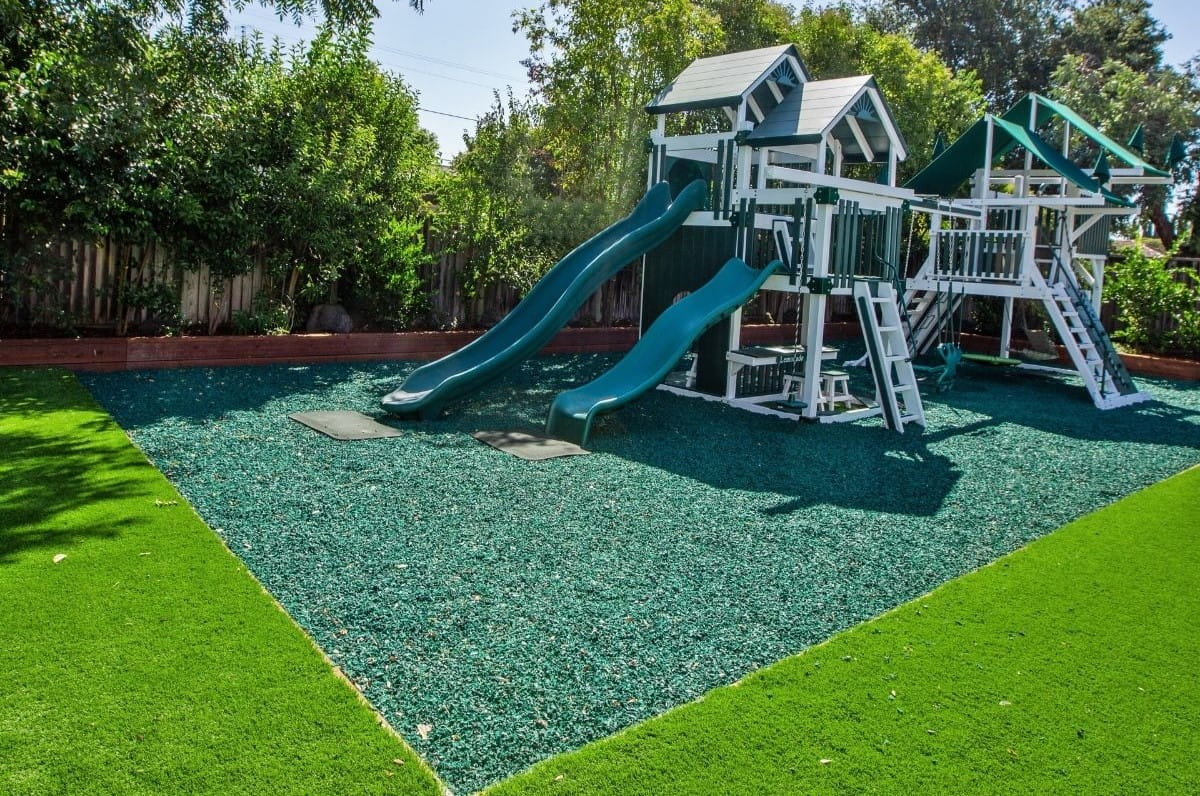
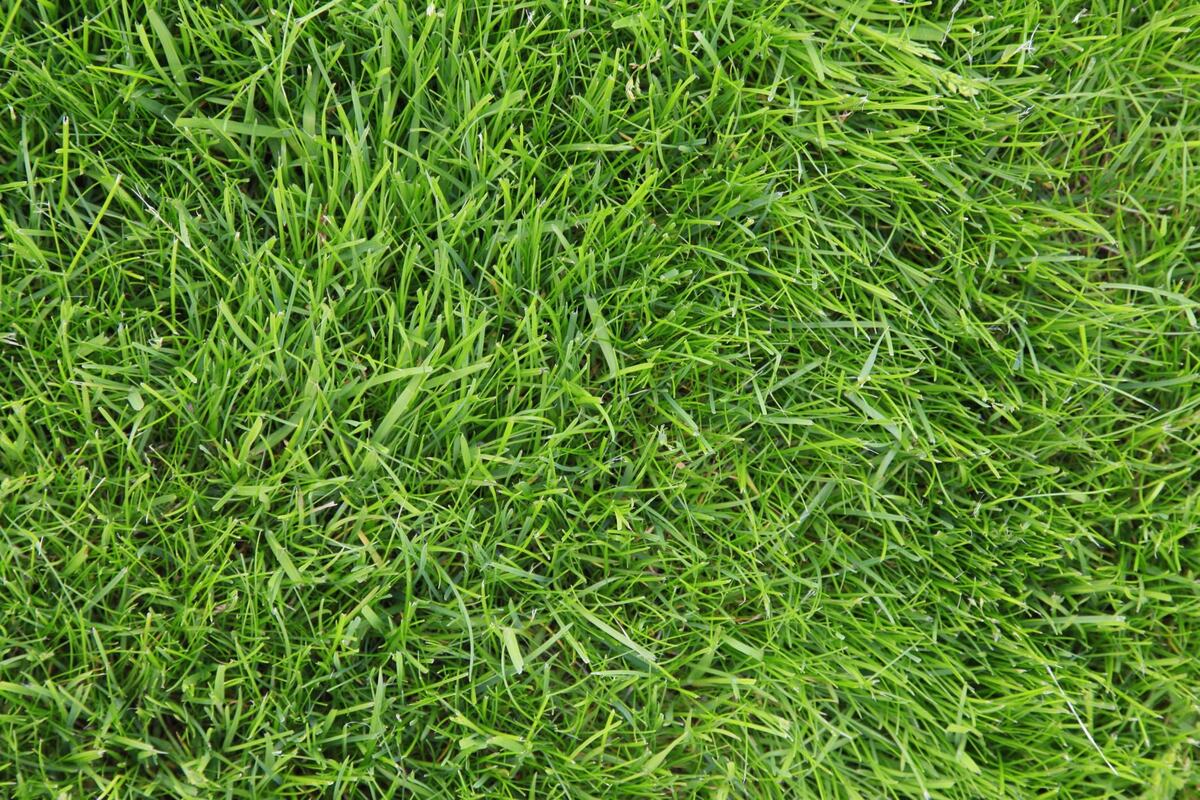
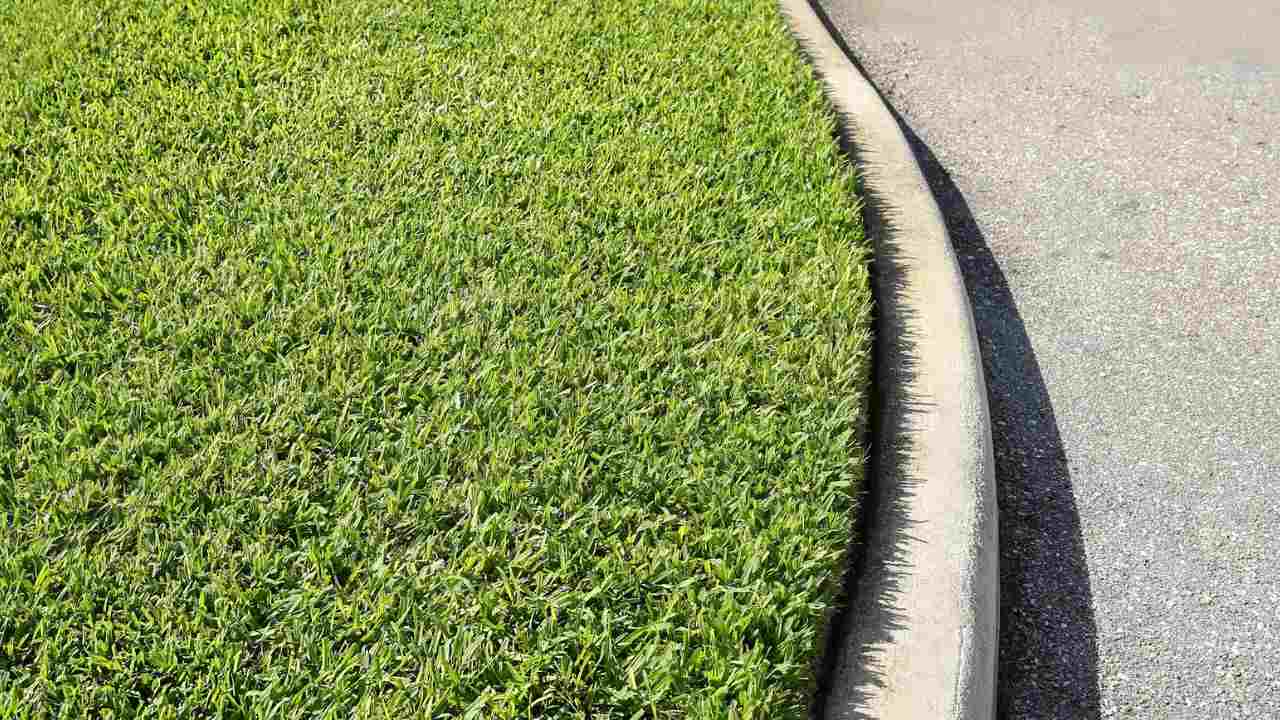
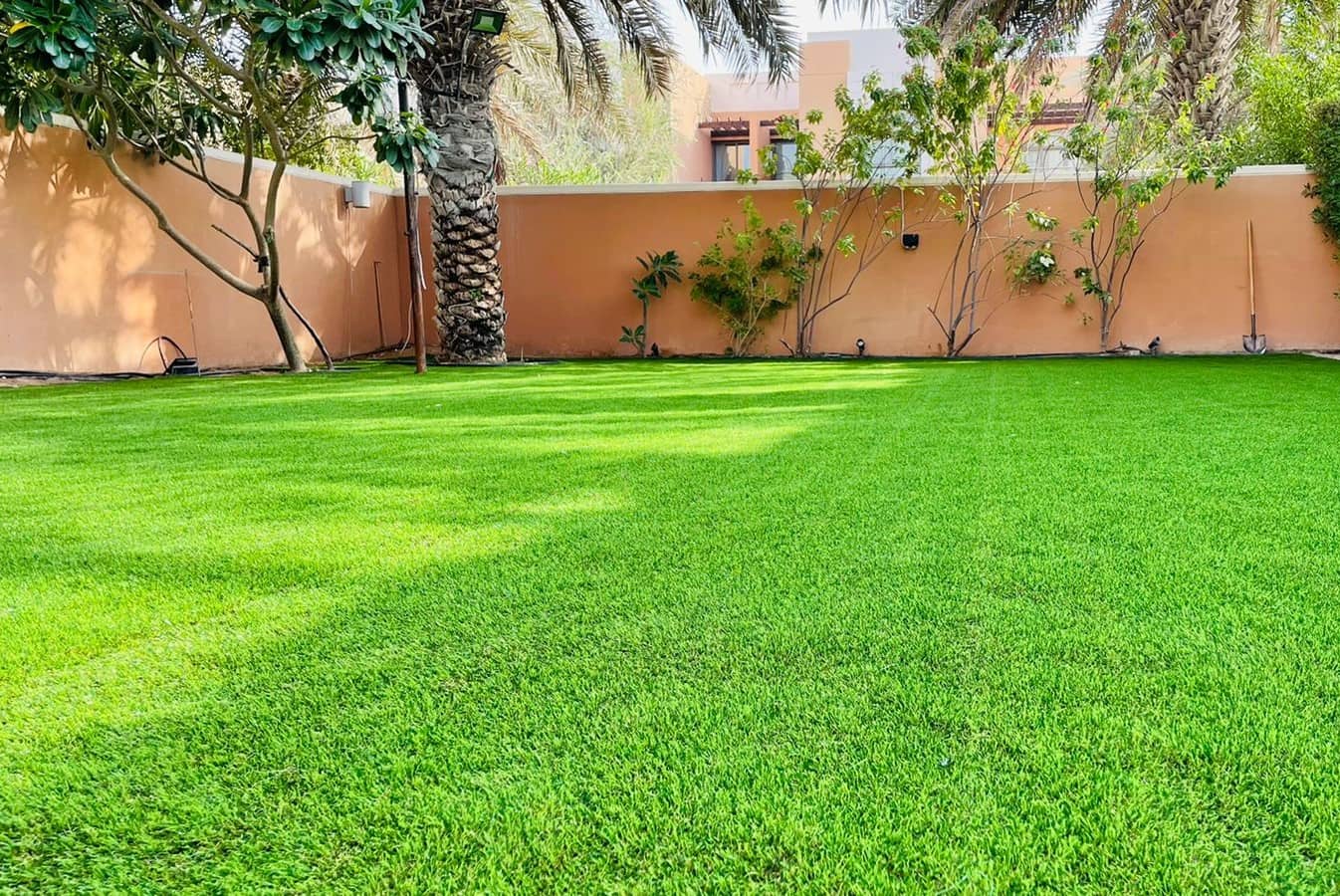
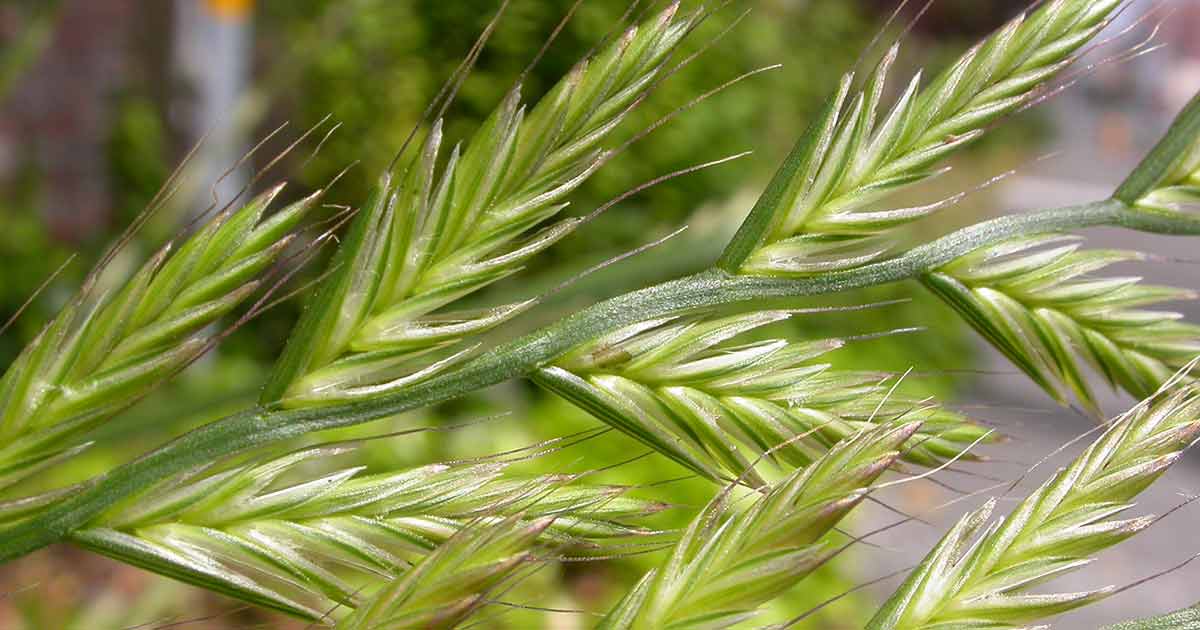
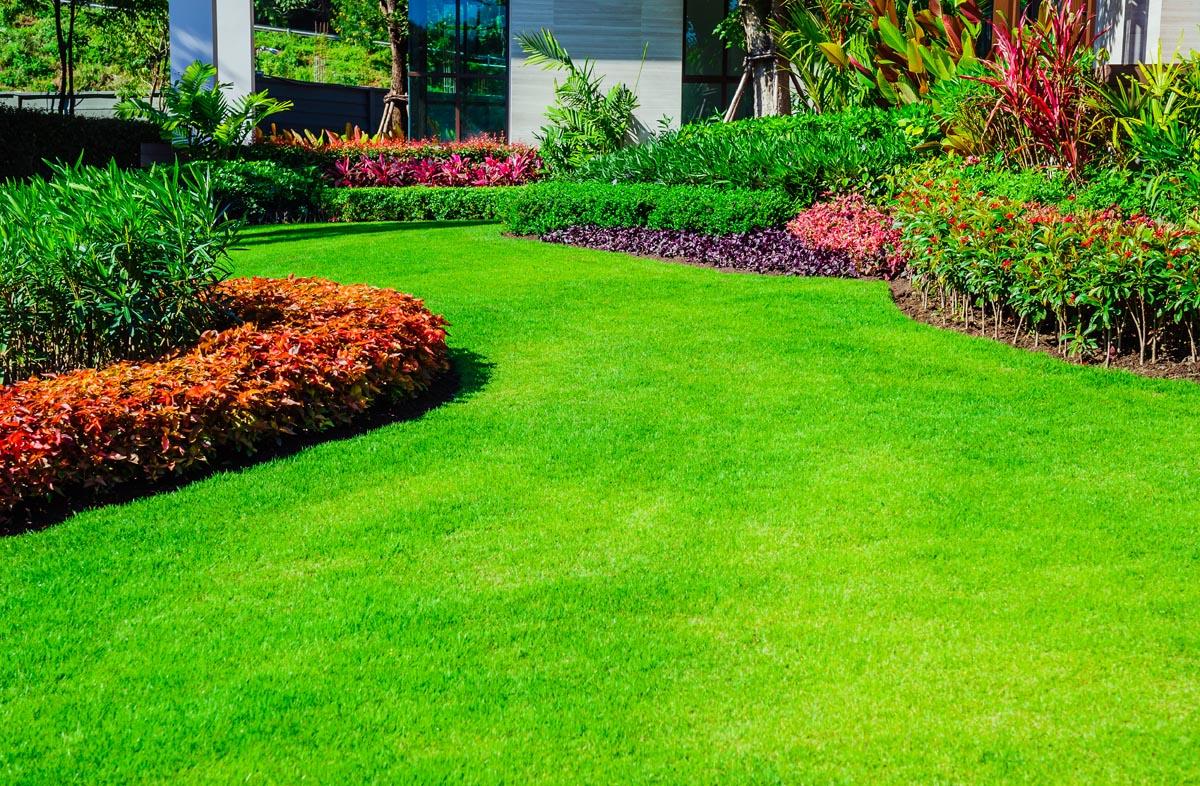
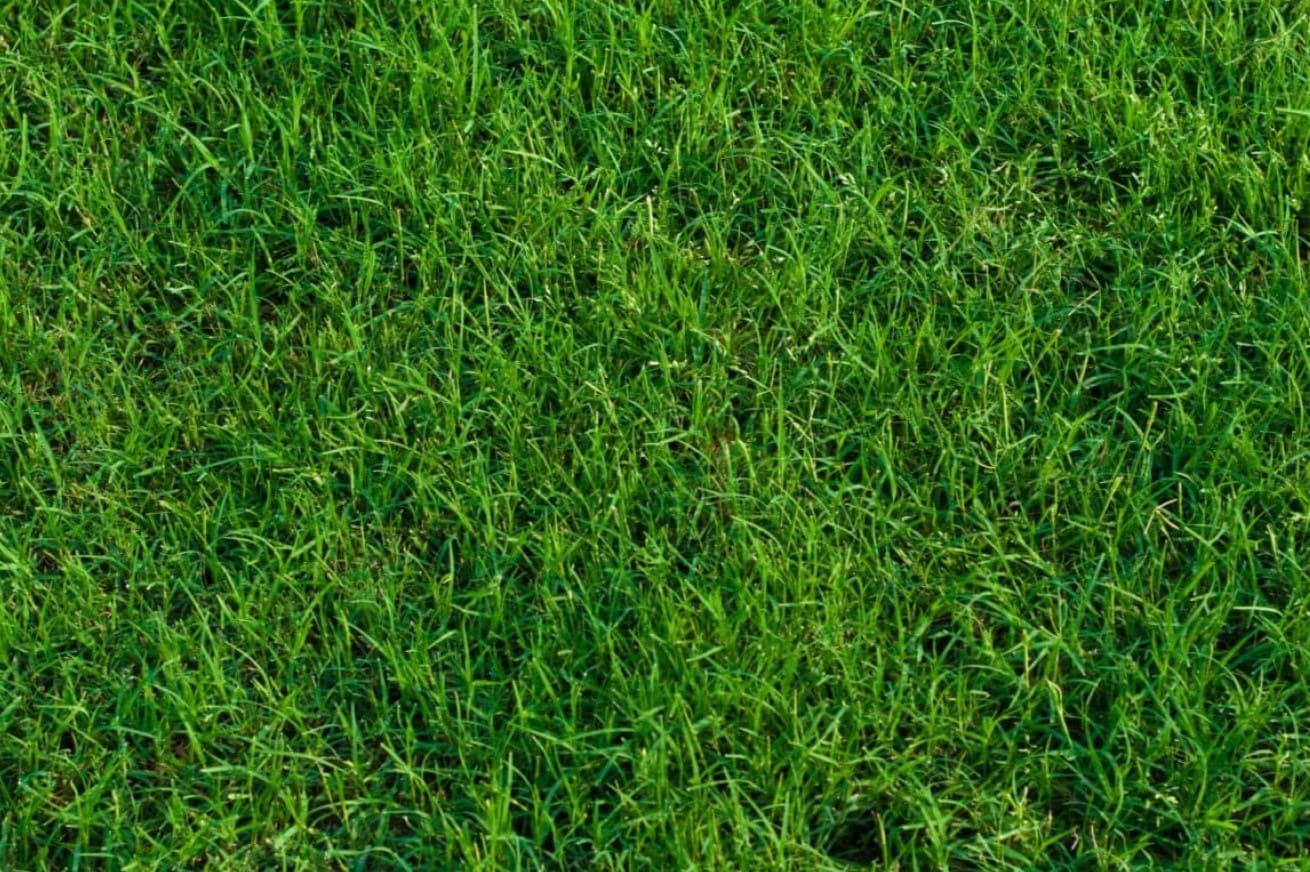
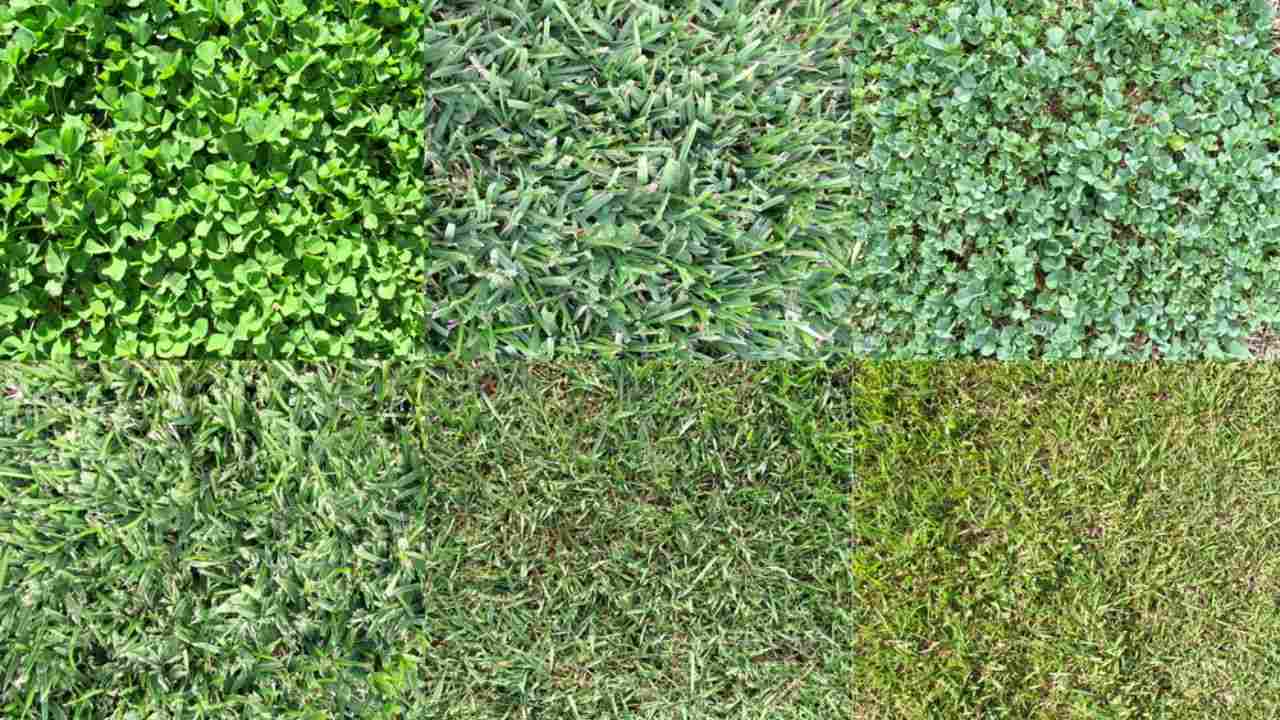

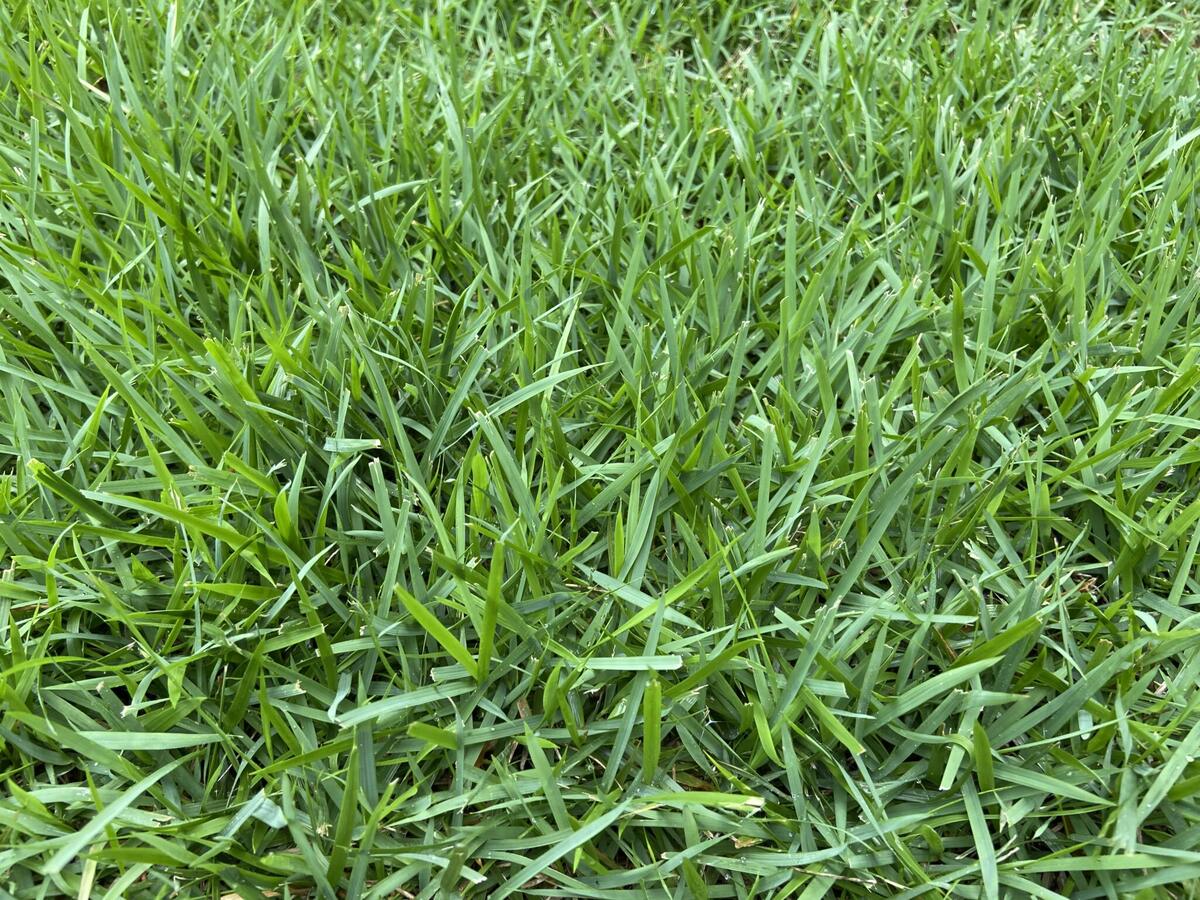
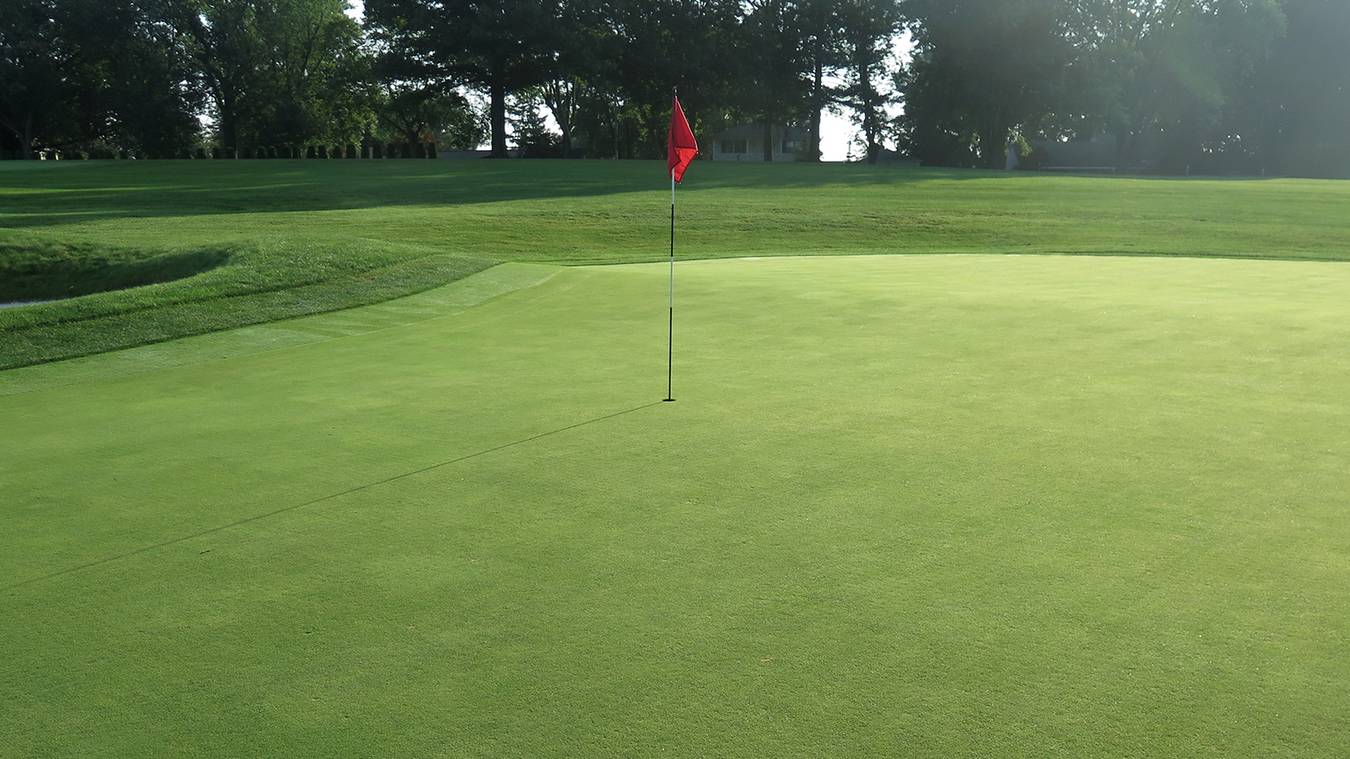
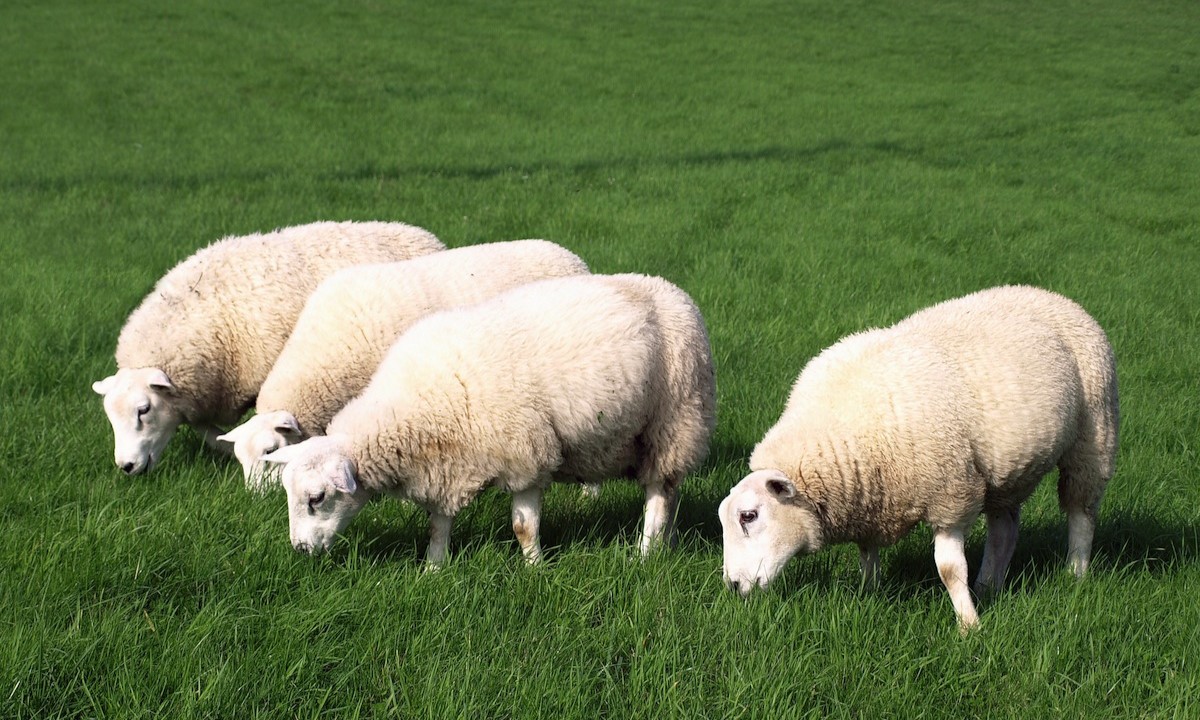
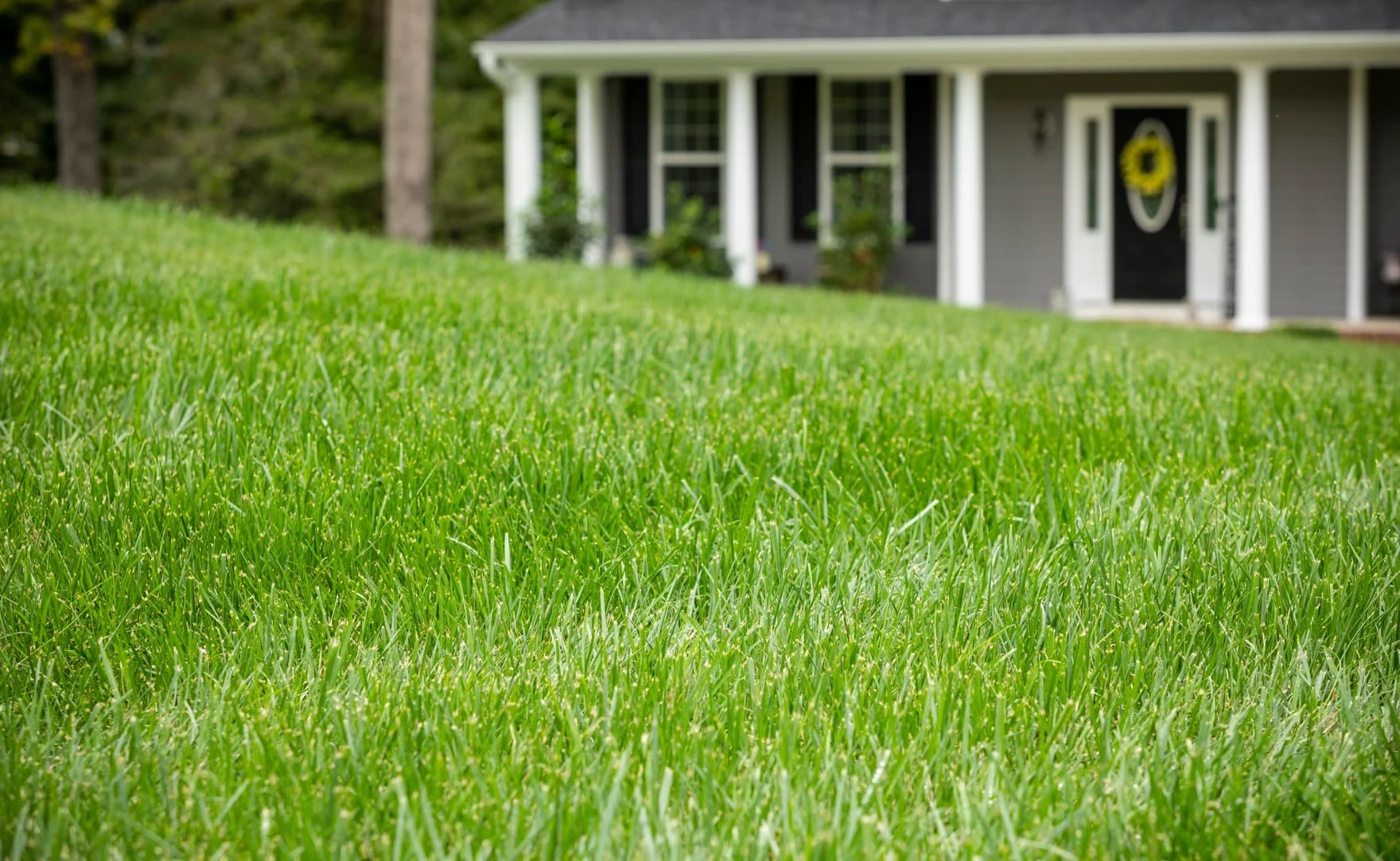
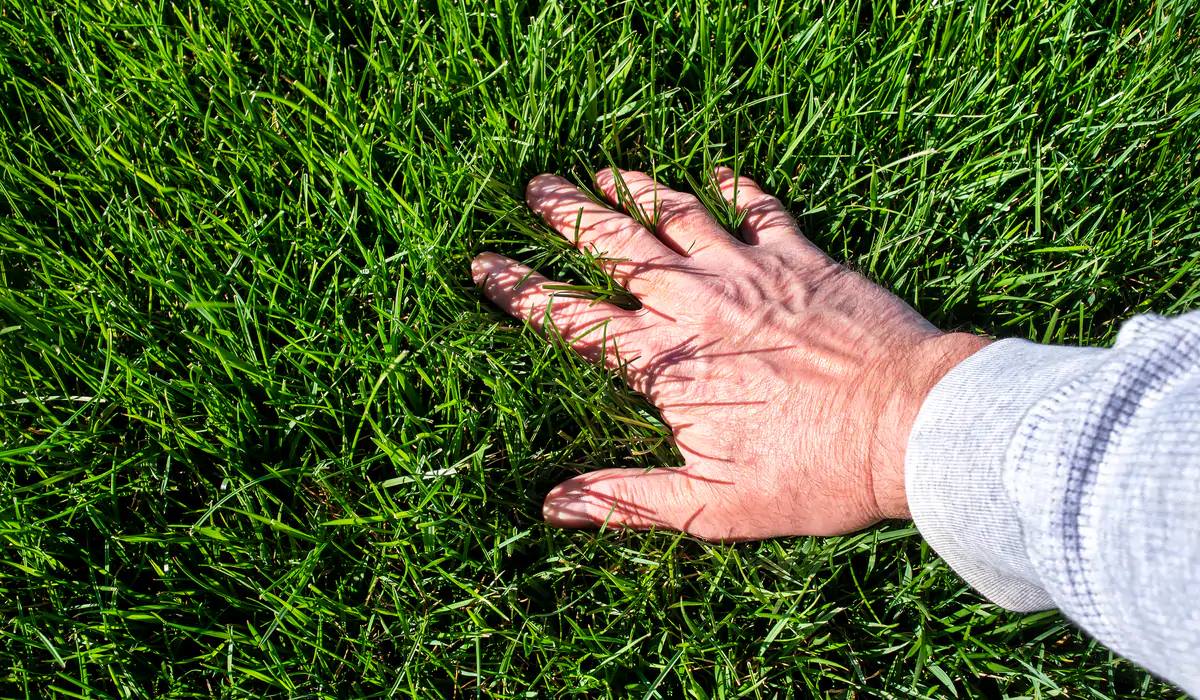

0 thoughts on “What Type Of Grass Is Wimbledon Played On”